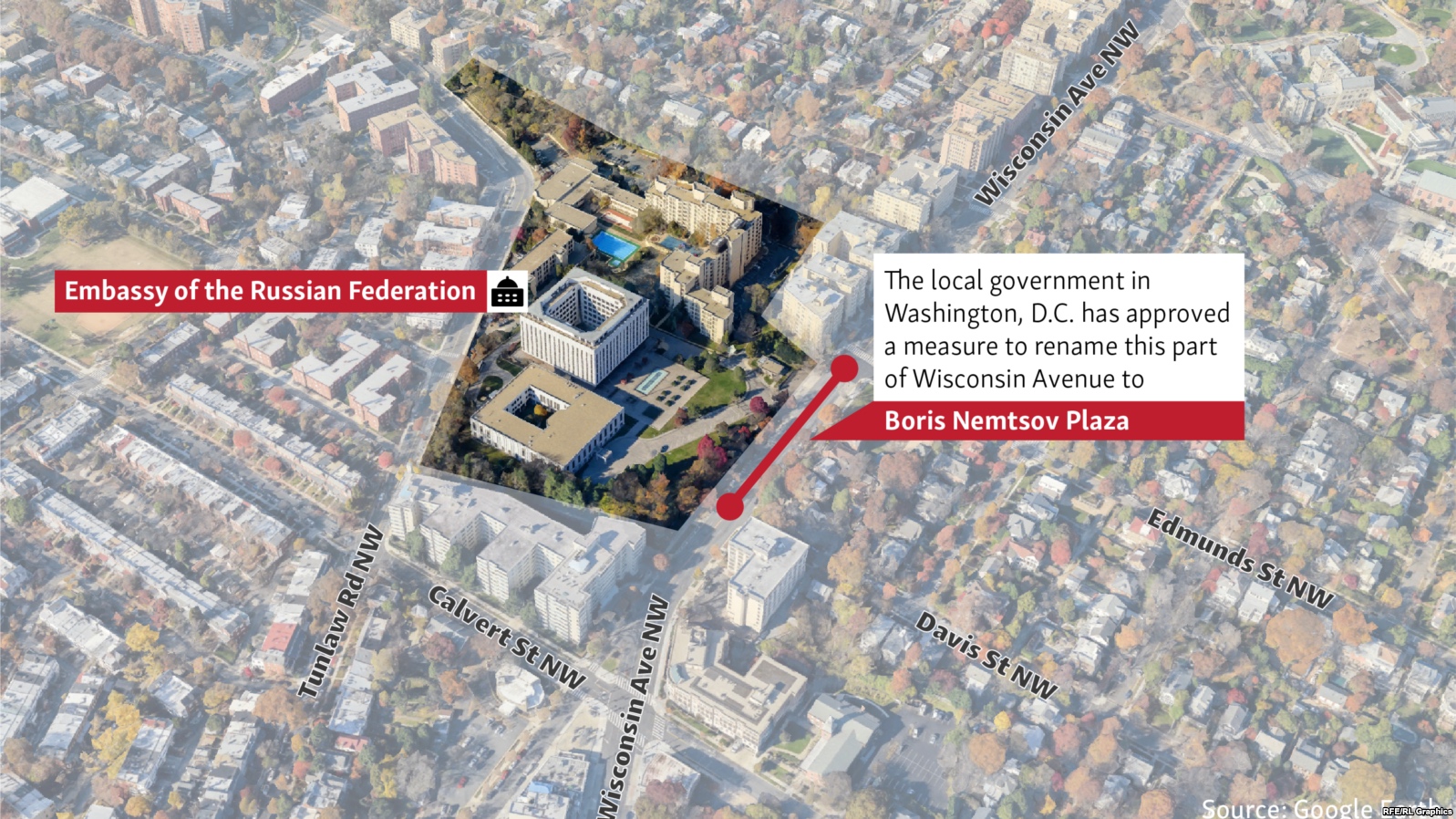More al-‘Awfi
For those of you interested in more on the confessions of Muhammad al-‘Awfi, and judging from my in-box there are a number of you, should all check out this transcript from al-Arabiyya’s weekly program The Industry of Death.
The program features a number of clips of al-‘Awfi’s confessions interspersed with commentary and analysis from Faris bin Hazam a journalist and frequent guest on al-Arabiyya, who follows jihadi groups as well as Doctor Ali al-Nafisa, a member of Saudi’s Rehab committee.
There were a number of points that struck over the past day or so as I read this on the bus and in my few other spare moments. First, I was struck throughout the transcript, particularly by Hazam’s comments on just how easy it is and would be for someone who wants to revert to their old ways or flee the country to fight to actually do so. (But more on that later.) He does stick to the government line throughout – well, actually both do – to the 10 percent recidivism rate.
His characterization of al-‘Awfi as a “simple man” also seems to be missing something, at least for me. I think it is still far from clear exactly how al-‘Awfi came to be back in Saudi. The Yemeni government has a narrative, which, of course, emphasizes its own role in his “capture.” The Saudi government and its media allies have a different narrative, which doesn’t give much credit to the Yemenis. Then, there are the other theories and rumors I have heard about tribes selling him out to the government after Salih traveled to Marib with some cash provided by Muhammad bin Nayif as well as those that claim the Saudis suggested that there might be some rather unsavory repercussions for his family back in Saudi if he didn’t return to the fold, and fast. Of course, the latter two are not mutually exclusive. (We do find out that al-‘Awfi had weapons and suicide vests when he “surrendered”)
According to Hazam, AQAP needed al-‘Awfi and al-Shihri for recruitment of Saudis. And, ok. I’ll buy that as far as that goes, but quite obviously these weren’t the only two Saudis AQAP could have nominated – al-‘Awfi’s description of the selection process doesn’t do his old organization any favors – there is the very vocal Nayif Muhammad al-Qahtani (ok, he doesn’t have the religious or educational qualifications of others, as I suggested the other day) but what about Ibrahim al-Rubaysh? His credentials may be a bit ambiguous, or at least I don’t know them, but he was also a Guantanamo detainee. A more accurate analysis, in my opinion, is that al-‘Awfi was named to his position, because he came across the border with al-Shihri.
I would have liked to have seen some Yemeni analysts as part of the show (my own bias here) but I also think that there is at once a fascination and a forgetting going on in Saudi. Hazam argues that Saudi is the ultimate target of AQAP and not Yemen. Ok, probably so, but I don’t think this is as simple as he makes it – priority target and secondary target. Also, I think there is, at least from the comments in this transcript, a forgetting and a shirking in Saudi Arabia similar to what happened before the terrorist campaign in the Kingdom in 2003-04. Once again, Saudi analysts seems to be laying the blame for the problems on issues outside of the country and refusing to believe that such a thing could be the fault of anything that is going on within Saudi Arabia. Obviously as recent history illustrates this is not the case. But time breeds forgetfulness and neglect – not a great sign for the future.
On a more humorous note, for those who want to read the transcript carefully notice how Hazam refuses to name Libya as one of the countries that al-‘Awfi supposedly named as supporting al-Qaeda – the actuall confessions had the names garbled, so no one has actually heard which two he named. He does however name Iran, and brushes asides claims that a Sunni group and a Shi’a country would not work together – essentially saying, AQ is an extremist organization and Iran is an extremist country. There you go, extremists of the world unite.
Finally, the last few pages should be required reading for US officials working on Guantanamo detainee issues and contemplating sending Yemenis back to Saudi Arabia. Whether unwittingly or not, Hazam makes the case a bit more difficult for people like Ali al-Raymi and other brothers of AQAP members in Guantanamo when he discusses the problems of jihadi families.
He also states that the family is ultimately responsible for the released detainees. This means that if US officials think they can send Yemeni nationals in Guantanamo to Saudi with the impression that they will be more closely monitored in Saudi than they would be in Yemen they should think again. Saudi has a better PR campaign than Yemen and a more robust rehab program, but I’m not sure the former will ultimately be more successful than the latter. Saudi is currently claiming a 90 percent success rate to Yemen’s alleged 60 percent success rate (according to Salih’s interview with al-Hayat). In a few more years, I think, Saudi’s program could easily have a success rate much closer to Yemen’s than what it has now.
These rehab programs are at best, in my opinion, a partial solution. The fact that the state and state ‘ulama are running them, and the fact that AQAP and its members fail to view the state and its agents as legitimate Islamic actors means that they are compromised before they even start.
The reports yesterday of the arrest of 11 Saudi just over the border in Saudi Arabia fits with the narrative that al-Awfi gave about lightning raids into Saudi before retreating back into Yemen, as well as plans to kidnap and assassinate officials. (The kidnappings would be new, at least for AQ in Yemen) This, however, would not be the first time a government accused al-Qaeda of plotting attacks the group said it wasn’t planning (remember in the aftermath of the Tarim raid in August 2008, the Yemeni government claimed that al-Qaeda was planning an attack on the tomb of the Prophet Hud and the festival that was about to take place there, the organization later denied this claim.) More recent reports reveal that it wasn’t so much a cell as was earlier assumed.




